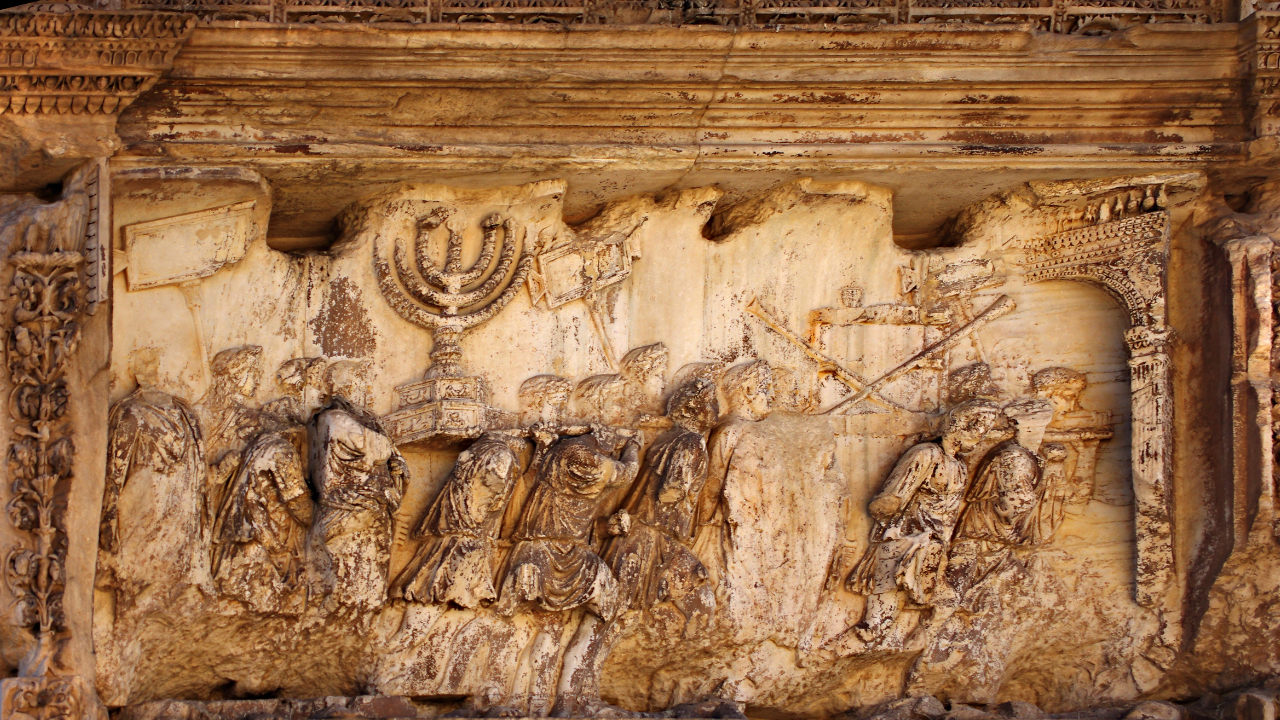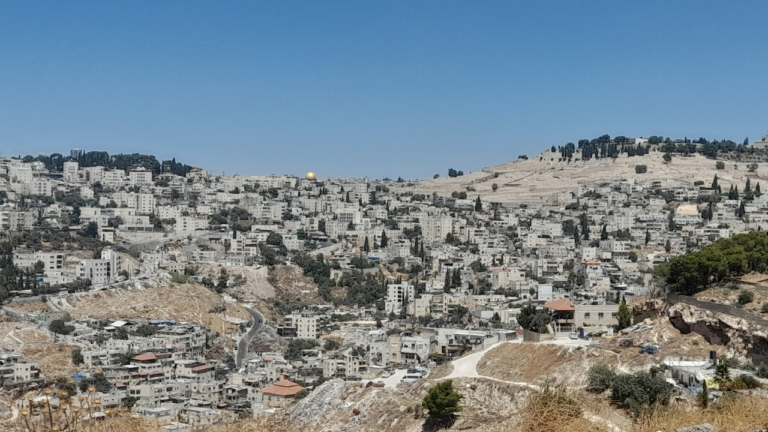God’s Divine Irony and the Arch of Titus
Commissioned by the Emperor Domitian in honor of his now “deified” brother Titus, the famed Arch of Titus still stands on the “Via Sacra” (Sacred Street) of Rome. The arch depicts the triumphant march of the Romans as they sacked the Second Temple and destroyed Jerusalem. It depicts the holy vessels of the Beit HaMidkash (particularly the seven branched menorah) being carted off to Rome. A Latin inscription dedicates the massive structure in honor of the now deified Titus, who is depicted riding an eagle to the heavens.
Walking down this ancient street, a Jew should notice something quite interesting. Many of the other temples, memorials, and arches that had been built before and after the Arch of Titus are in significant disrepair, if not entirely destroyed. This is not so surprising; two thousand years of wear and tear accompanied by several earthquakes of ranging magnitude can easily explain why the structures did not last. And yet, the Arch of Titus still stands tall. Why is the Arch of Titus still dominating the landscape after so many years when so many structures have fallen into oblivion?
Most of my students normally assume that HaKadosh Baruch Hu’s Divine hashgacha miraculously ensured that the structure will remain standing. But in truth, Hashem arranged for a more deliciously ironic method of preservation that is very much not miraculous. Allow me to explain:God’s Divine Irony and the Arch of Titus
The Arch of Titus was the ultimate symbol of Roman domination over the Chosen People. The Jewish rebellion had been quashed. The treasures of Jerusalem were both literally and metaphorically carted off to Rome. Christianity had supplanted the Jewish people as the chosen faith. No monument better portrayed the Christian missionizing argument for 2,000 years. “You see? God has rejected you. You are despised and forgotten.”
An inscription that was added in the 1800s reveals the true reason why it has lasted the test of time. “This monument, remarkable in terms of both religion and art, had weakened from age: Pius the Seventh, Supreme Pontiff, by new works on the model of the ancient exemplar ordered it reinforced and preserved.” The Popes paid for the restoration of this monument. They triumphantly marched under it during coronation ceremonies to flaunt that Vatican City was the new Jerusalem.
As the dark clouds of the oncoming Holocaust enveloped Europe, the arch was an even greater insult. Rav Soloveitchik tz’l noted that Jews were easy targets for missionaries during these dark years; the Christian claims that the Jews were rejected seemed more likely than ever.
And then came along the fifth of Iyar, 1948. With one fell swoop, the Jewish State was established and 1,500 years of Church doctrine claiming that Jews would never return to their homeland was satisfyingly flushed down the toilet. And what symbol was chosen to represent the newly minted Jewish state? A beautiful depiction of a seven-branched menorah flanked by two olive branches. This menorah is an exact replica of the famous depiction on the Arch of Titus. Thanks to exceedingly generous benefactors in Rome, the perfect emblem had survived the test of time. The symbol of Jewish exile, shame, and misery had turned into the ultimate symbol of hope and ascendancy. Divine messages such as these are essential when we still find ourselves very far from the finish line. While we have experienced a partial consolation, and “elderly men and women sit in the streets of Jerusalem”, the majority of the ancient city remains bereft of her children. She is empty of Torah values, avodat hakarbanot, the Sanhedrin, and the Beit HaMikdash. We still feel the pain of an imperfect world as Klal Yisrael traverses this chapter of heartbreak and brokenness. But Hashem’s divine irony will always have the last laugh.



